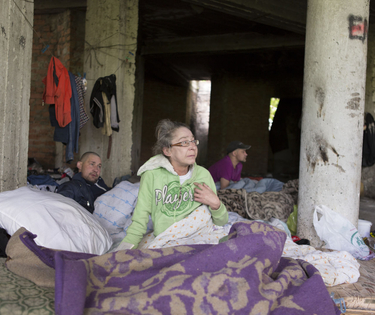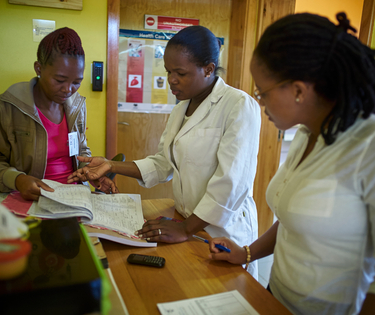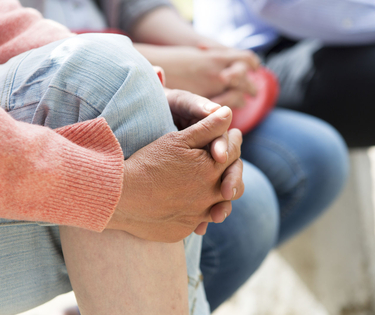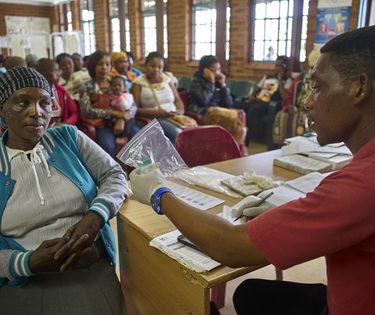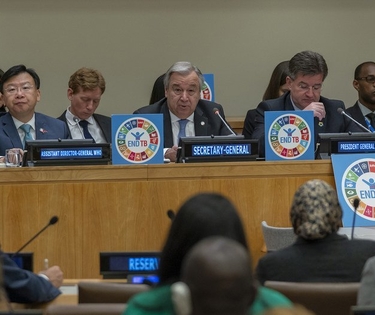Every year, more than 10 million people fall sick with TB worldwide. TB infection and the likelihood of progressing to TB disease is shaped by life circumstances (such as working conditions or malnutrition) and other health risk factors (such as living with HIV or diabetes). Out of the 10 million people who become sick with TB every year, about 3 million are being “missed” by the TB response – either not being diagnosed and treated, or not receiving a high quality of care. Sadly, 1 million of the missing people with TB are children, and 800,000 people living with HIV develop TB every year. A TB response that provides for the economic, social, and cultural needs of all people affected by TB is essential not only because health is a human right, but also because each undiagnosed and untreated person can infect as many as 15 individuals per year.
The Stop TB Partnership Global Plan to End TB describes key and vulnerable populations (KVPs) as people who have increased exposure to TB bacilli, have limited access to health services, or are at increased risk of TB because of compromised immune function. Reaching KVPs in the TB response is equitable, conforms to human rights, and is essential if countries are going to end the TB epidemic. The Political Declaration of the UN High-Level Meeting on the Fight Against TB specifically includes commitments for finding and treating TB in adults and children. The Global Plan to End TB articulates these targets as 90-(90)-90 targets, with the middle 90 referring to reaching 90% of people in need of treatment and prevention among vulnerable, underserved, and at-risk populations. Reaching these targets requires not only understanding of the epidemiological context, but also understanding of the human rights and gender barriers these populations face in accessing the TB prevention, diagnosis, treatment, care, and support services they need. These populations should be involved as priority stakeholders and equal partners in the fight against the disease.
Given that TB KVPs are context-specific, generating an adequate response to their needs requires addressing the current limitation in data availability and quality and the determination of what factors result in increased exposure to bacilli, limited access to health services, or compromised immune function for KVPs. A sufficiently tailored TB response requires that KVPs be identified, quantified, and characterized. There needs to be an understanding of the data gaps, the factors at play making populations vulnerable, the barriers to care they face, and how treatment outcomes vary. Generating this knowledge – and the capacity to build effective responses – relies on the meaningful participation of key and vulnerable populations.


